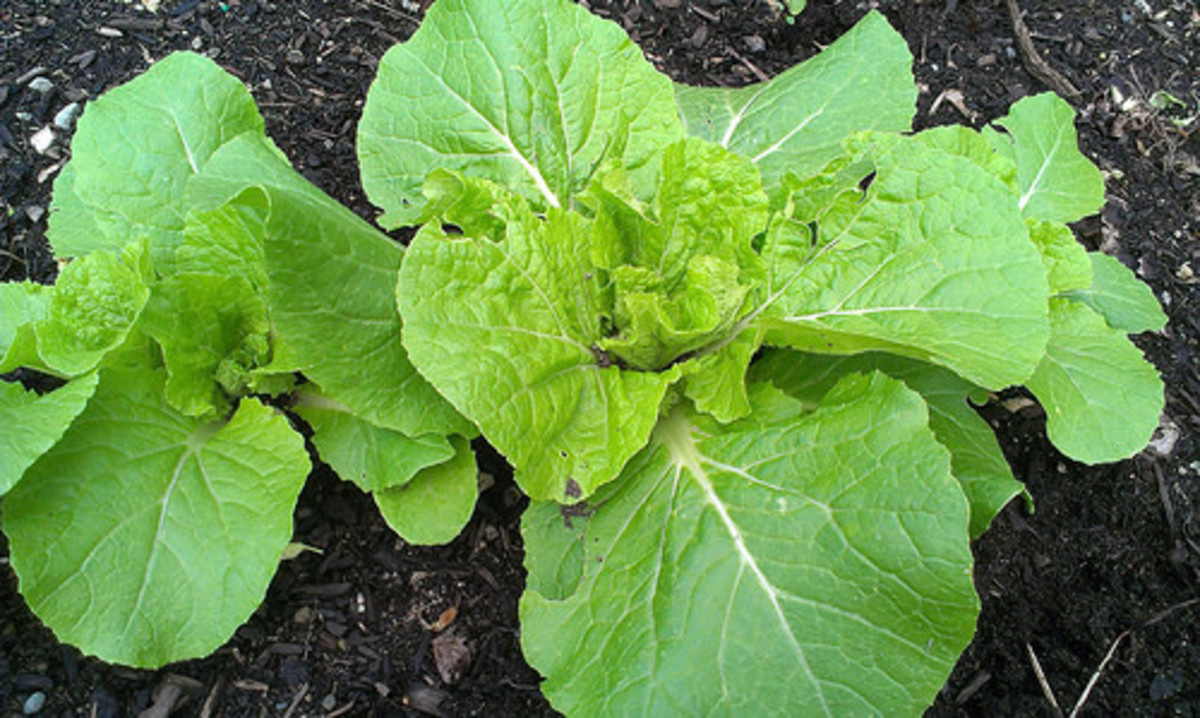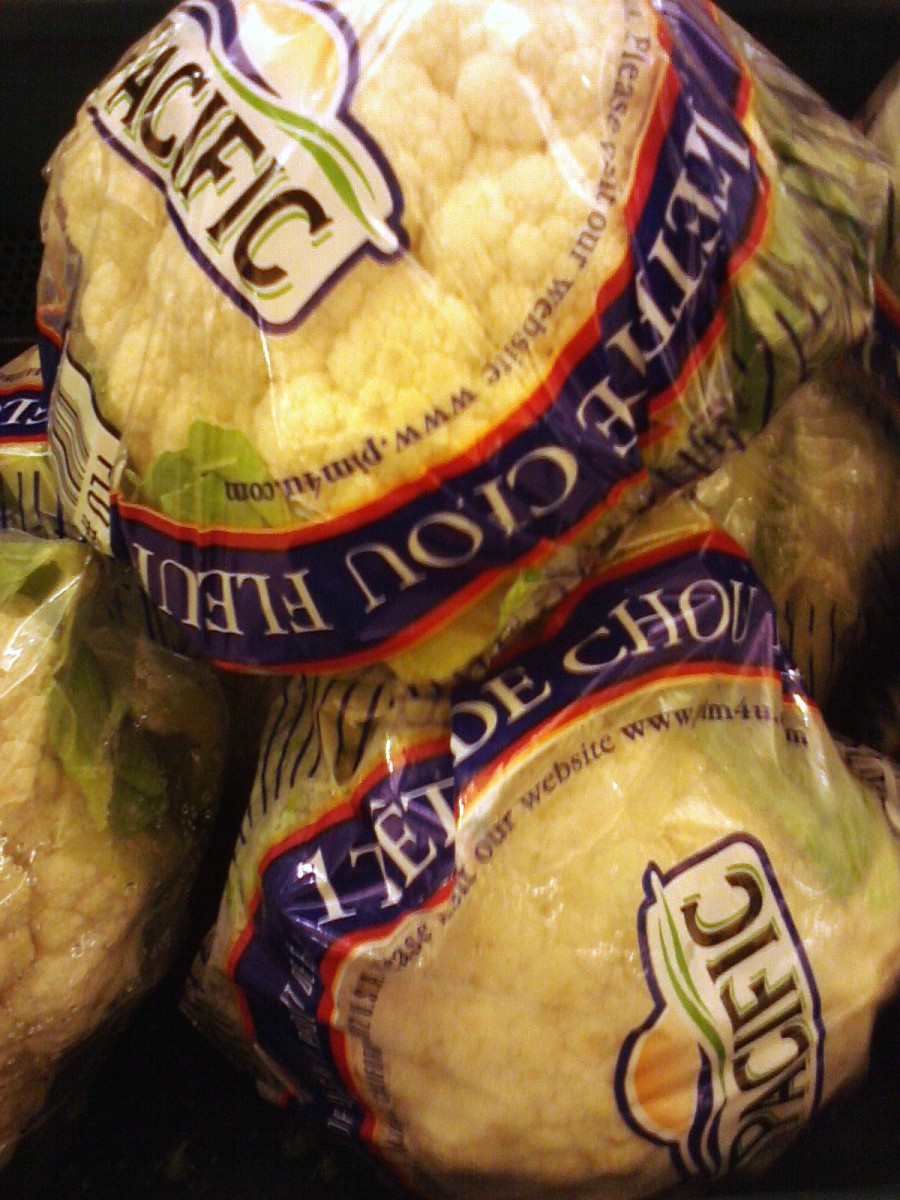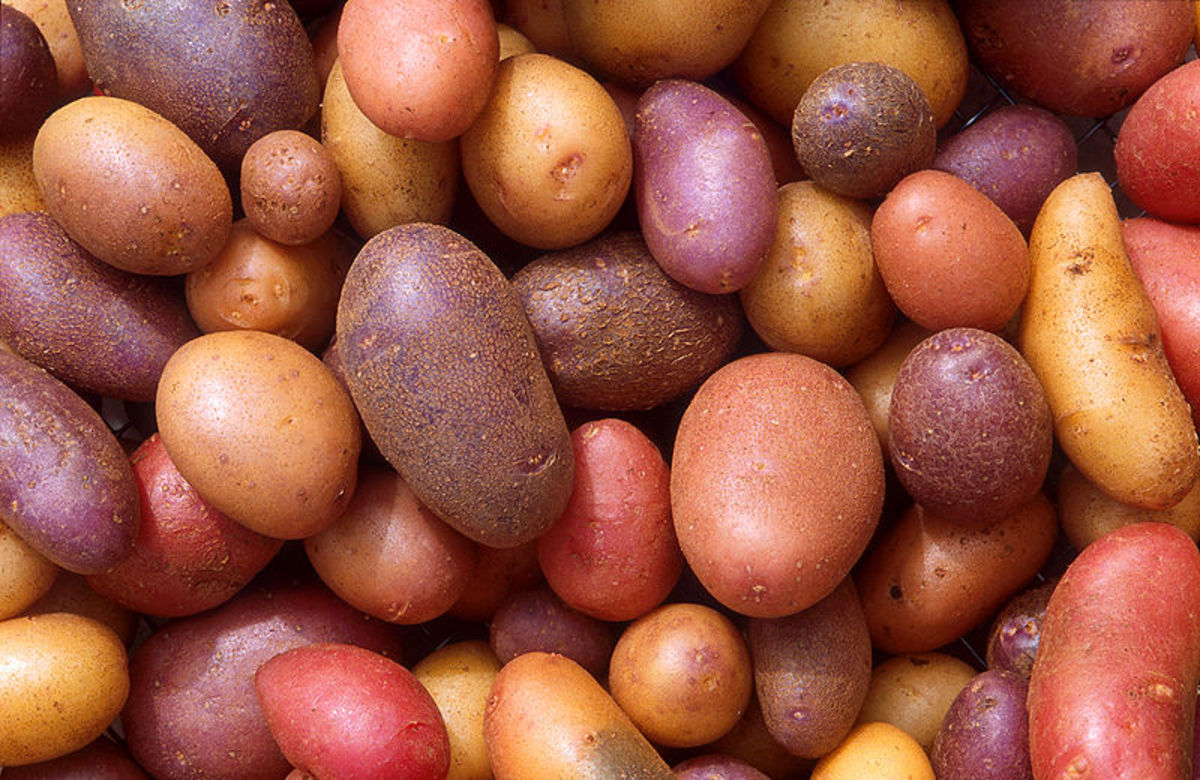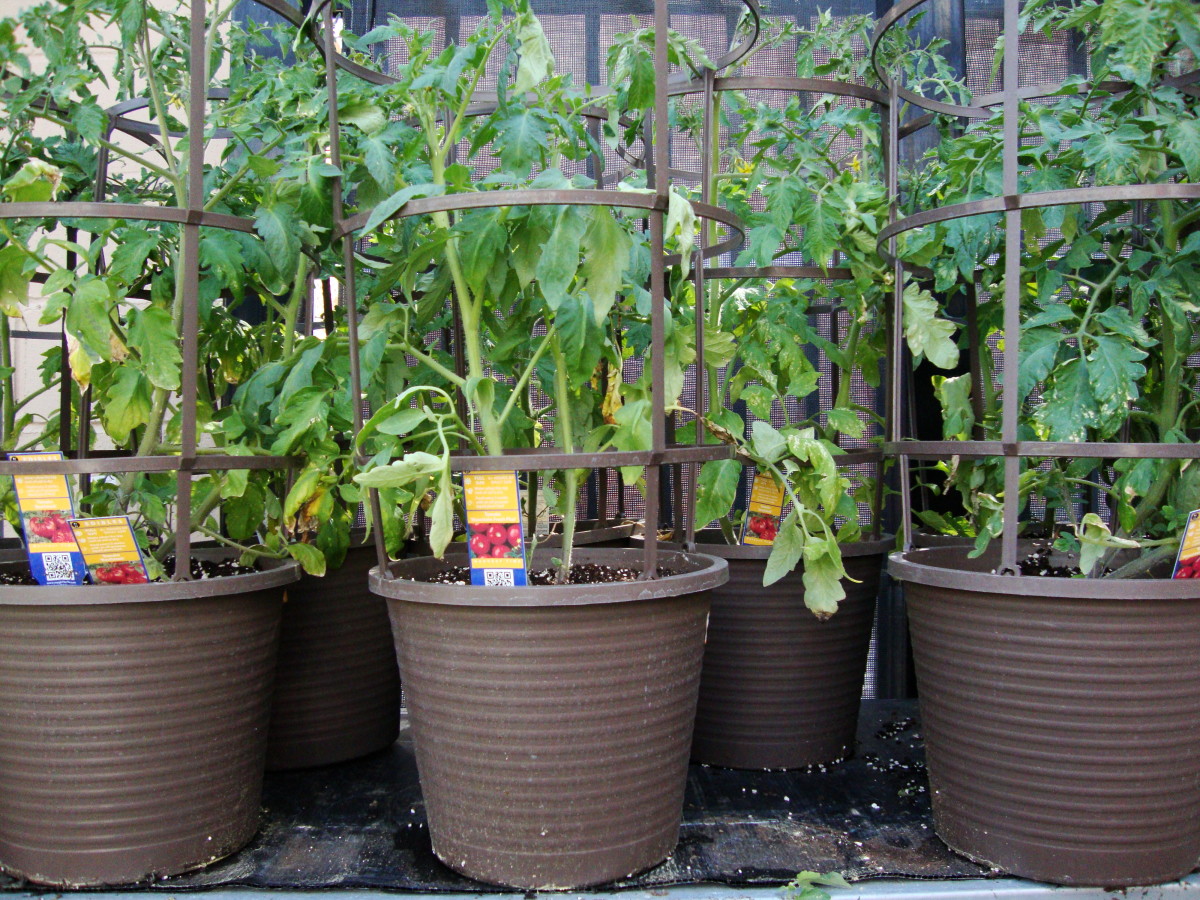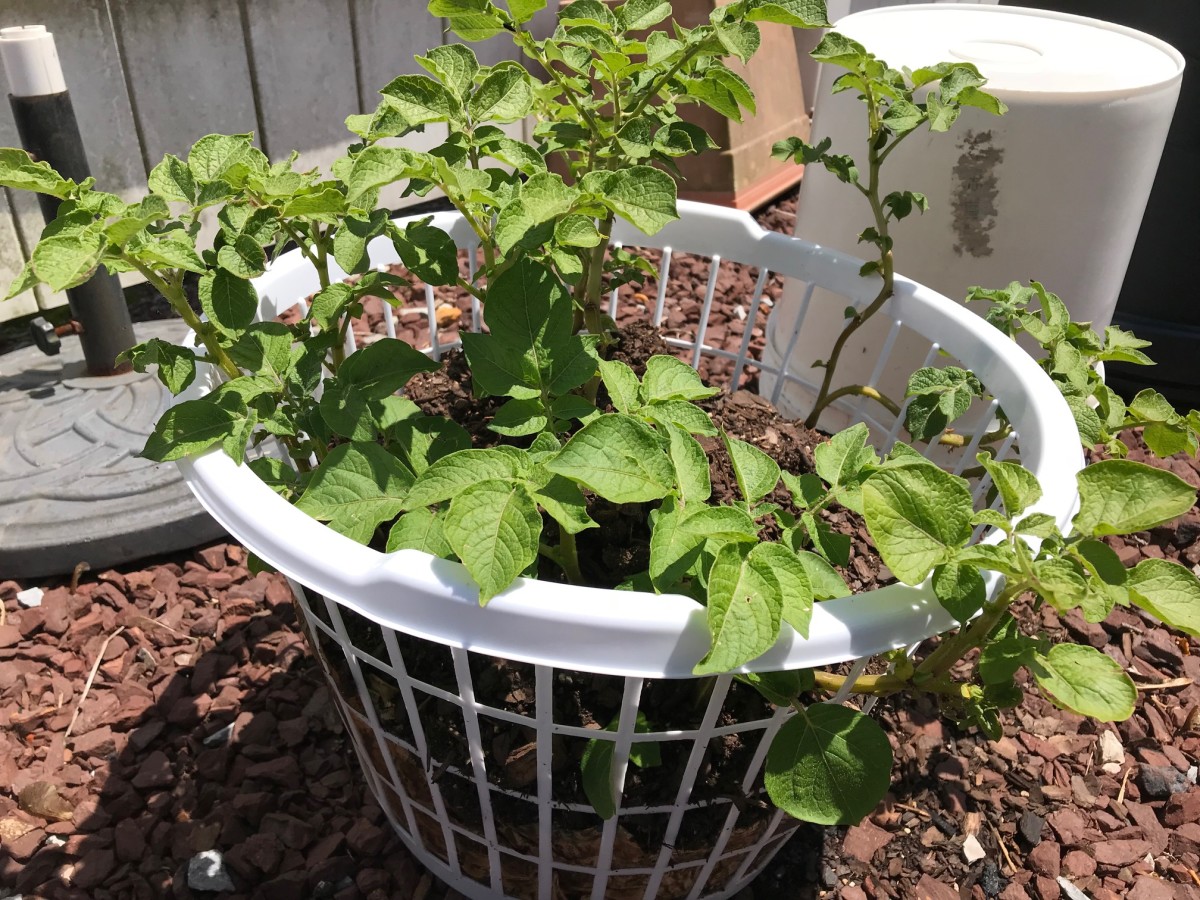Brassica oleracea Varieties
Brassica oleracea in its natural form is called Wild Cabbage. Wild Cabbage is a tall biennial plant (completing its life-cycle over two growing seasons) growing up to two meters. In its first year it forms a rosette of fleshy green leaves which through photosynthesis provide it with the energy required to flower and set seed in its second year. Brassica oleracea is a remarkable plant because it has been bred extensively by humans, so much so that many of the varieties have little similarity in appearance to each other. Many of the vegetables we eat including broccoli, cabbage and kale are varieties of Brassica oleracea. It is generally accepted that there are seven different cultivar groups of Brassica oleracea, with each group having been bred to select for a different aspect of the original plant resulting in the vegetables familiar to us today. All of these vegetables are powerhouses of nutrition and contain good quantities of many essential vitamins and minerals.
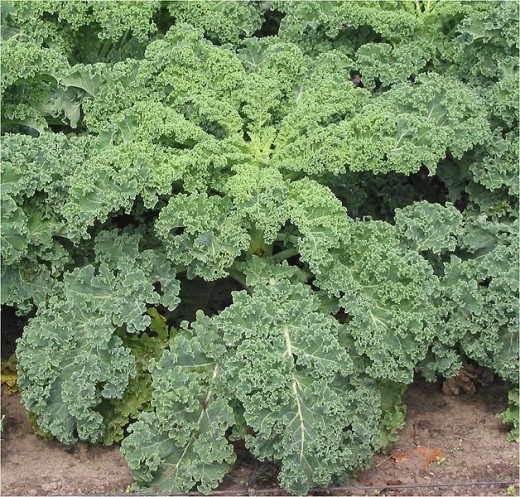
Brassica oleracea var. Acephala
Kale, spring greens and collard greens all belong to the Brassica oleracea var. Acephala cultivar group. Cultivars in this group have been bred to select for the size and flavor of their highly nutritious leaves. The Acephala cultivar group is also the most reminiscent of wild Brassica oleracea plants. The name Acephala (literally meaning no head) refers to the way the central leaves or flowers do not form a tight head as in seen in other Brassica oleracea cultivar groups. Kale has been grown since at least the fourth century BC and was the most popular green vegetable in Europe up until the middle ages. Recently it has experienced a comeback with the health conscious due to its nutritional benefits.
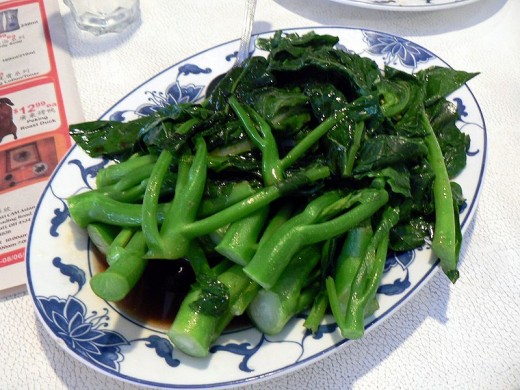
Brassica oleracea var. Alboglabra
Chinese broccoli, otherwise known as Kai-lan belongs to the Brassica oleracea var. Alboglabra cultivar group. The name Alboglabra means white and hairless, referring to the flowers of the plant. Kai-Ian is milder than regular broccoli and has a slightly bittersweet taste. Kai-lan can be a meal in itself; the stem, leaves and small flower-bud heads are all eaten, often served in a sauce. To purchase Chinese broccoli you often have to visit a specialty Asian grocery as most supermarkets unfortunately don't stock it. The more commonly found broccolini is a hybrid between kai-lan and regular broccoli.
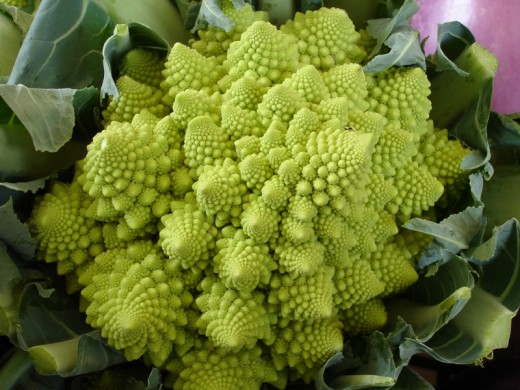
Brassica oleracea var. Botrytis
Cauliflower, Romanesco broccoli and broccoflower are all members of the Brassica oleracea var. Botrytis cultivar group. Cultivars in this group have been bred to produce a large, tight cluster of floral mertistems (you're not eating the actual flower). The name Botrytis means "bunch of grapes" and probably refers to the way the florets that make up the head are packed together. Broccoflower is the name given to green varieties of cauliflower. There are also purple and orange varieties of cauliflower which can be used to add colour to your dishes. One cultivar in this group, the Romanesco broccoli has amazing conical, spiraling florets.
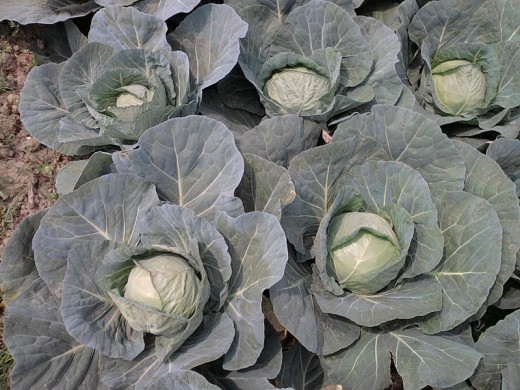
Brassica oleracea var. Capitata
Cabbages belong to the Brassica oleracea var. Capitata cultivar group. Cultivars in this group have been bred to produce a large, tight head of immature leaves with a mild, spicy flavor. The name Capitata literally means "having a head" and refers to the edible part of the plant. Older open leaves are typically discarded. There are green, red and purple varieties of cabbage, all containing slightly different nutrient profiles. A popular variety, the Savoy cabbage has a round compact head with crinkled, green leaves.
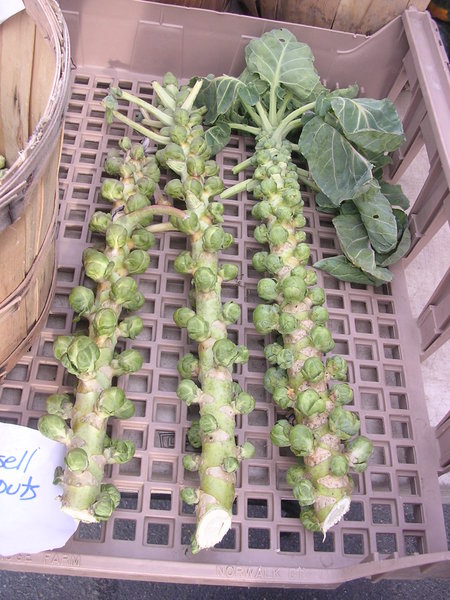
Brassica oleracea var. Gemmifera
Brussels sprouts belong to the Brassica oleracea var. Gemmifera cultivar group. Cultivars in this group have been selected to produce large numbers of lateral buds that branch off the main stem. The name Gemmifera literally means "to bud" and refers to the edible lateral buds which are normally 2-5 cm wide. Contrary to their common name, it is unlikely that Brussels sprouts were first cultivated in Brussels. Although the precise location is unknown, they are likely to have been first cultivated somewhere in Northern Europe between the 13th and 17th centuries BC. Many people dislike Brussels sprouts due to being forced to eat over-cooked sprouts as children. Brussels sprouts become sulphurous when over-cooked so they should be boiled or steamed for no longer than 6 to 7 minutes. They can also be sauteed or roasted to bring out their best flavor.
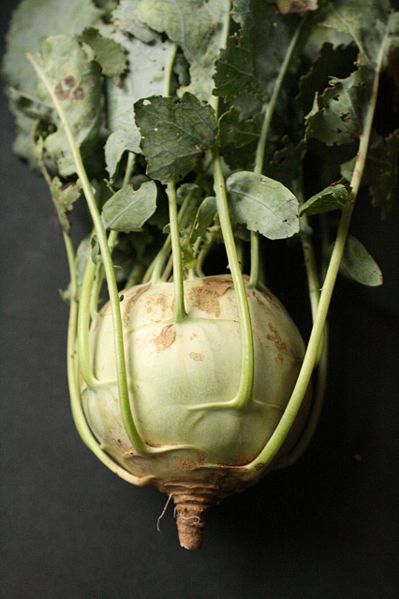
Brassica oleracea var. Gongylodes
Kohlrabi belongs to the Brassica oleracea var. Gongylodes cultivar group. Cultivars in this group have been selected for lateral meristem growth resulting in a swollen, above ground, turnip-like stem. The name kohlrabi comes from the German word Kohl meaning cabbage and the Swiss-German word Rabi meaning turnip, refering to their appearance as a mix between these plants. The taste of kohlrabi has been likened to broccoli stems, only milder and sweeter. Kohlrabi can be eaten raw like an apple or cooked. The leaves of kohlrabi are also edible. There are several varieties of kohlrabi including purple-skinned and white ones.
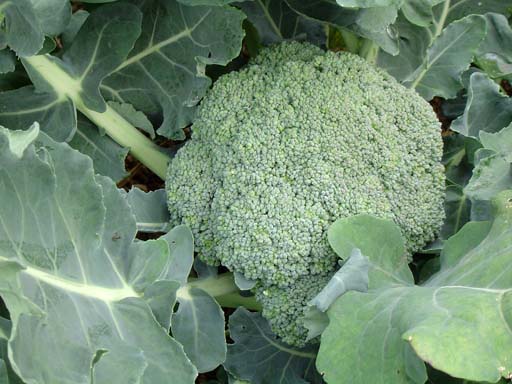
Brassica oleracea var. Italica
Broccoli belongs to the Brassica oleracea var. Italica cultivar group. Cultivars in this group have been selected to produce a large, tight head of flower buds and thick, edible flower stems. Then name broccoli is the plural of the Italian word broccolo meaning "the flowering top of a cabbage". Broccoli has been cultivated for at least 2,000 years. Usually eaten boiled or steamed, broccoli can also be eaten raw. Also in this group are purple cultivars of broccoli (different to the purple cultivars of cauliflower) and sprouting broccoli that produces multiple heads and thinner stalks.
Hopefully this article has given you an insight into this remarkable species and its importance as a human food crop. So next time you're browsing the vegetable aisle or wondering what to plant in your garden, why not give one of these wonderfully nutritious plants a try.


